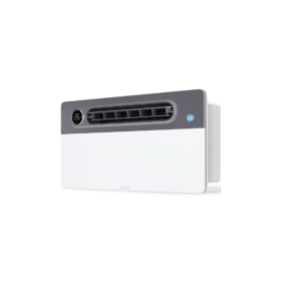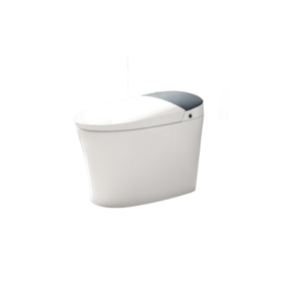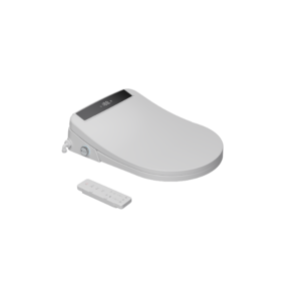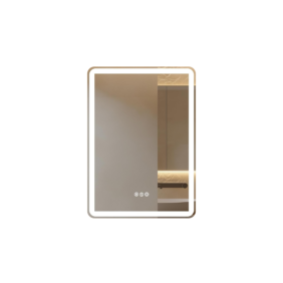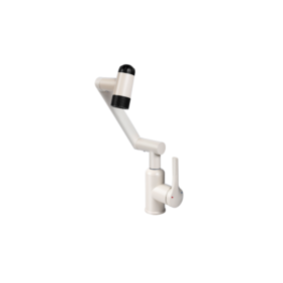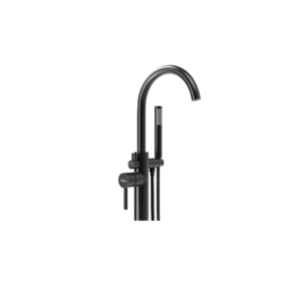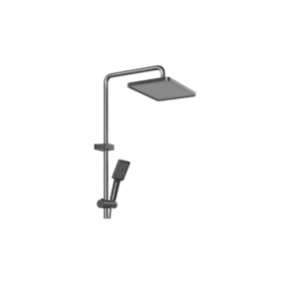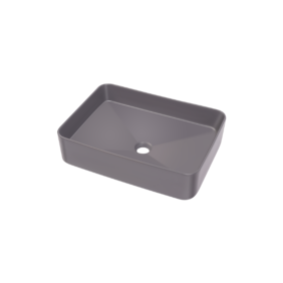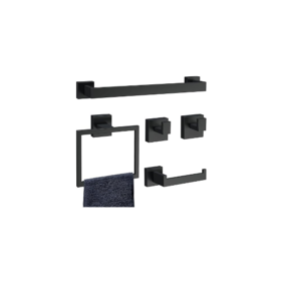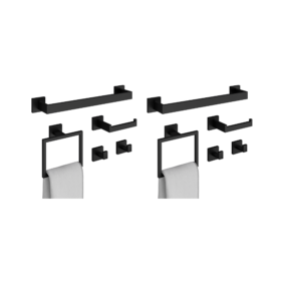
Home / Blog Center / Chargers / DIY Solutions for Addressing Water Leakage Around Your Floor Drain
DIY Solutions for Addressing Water Leakage Around Your Floor Drain
05/03/2025 | Hawkrown
The drainage system in bathrooms relies heavily on the floor drain, which serves to prevent water accumulation, blockage, and odors. However, over time, or due to improper installation, floor drains may develop leaks around the edges. When faced with this issue, here's how to handle it.
Water Leakage Treatment at the Edge of the Floor Drain
Leakage around the edge of the floor drain is often caused by inadequate sealing or insufficient waterproofing of the surrounding concrete. First, use a chisel to create a circular groove around the floor drain, about 2-3 cm wide and 3 cm deep. If there are any areas around the pipe that feel loose or have gaps, chisel them down as well. Next, use a brush with clean water to thoroughly clean the groove. Once it is clean, mix a cement-based waterproofing agent and fill the gaps in the groove. After filling, smooth it out with a tool and compress it firmly to prevent future leakage.
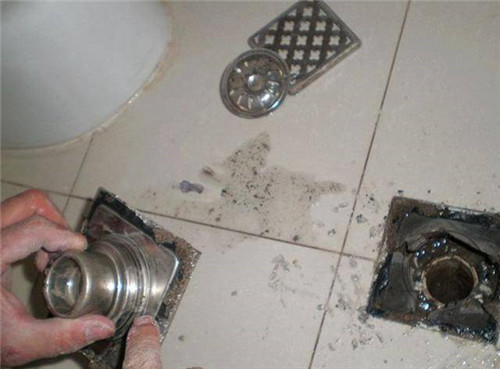
Installation Precautions for Floor Drains
1. Choose the Floor Drain Based on the Drain Pipe Diameter
Floor drains come in various sizes, so when purchasing, make sure to choose one that matches the diameter of your drain pipe. Commonly, the diameter for PVC pipes is 50 mm, while for cast iron pipes, the diameter may be larger.

2. Pay Attention to Slope Adjustment
It is crucial to pay attention to the slope when installing the floor drain, ensuring that water can flow naturally downwards. If the slope is not properly set, it may lead to standing water.
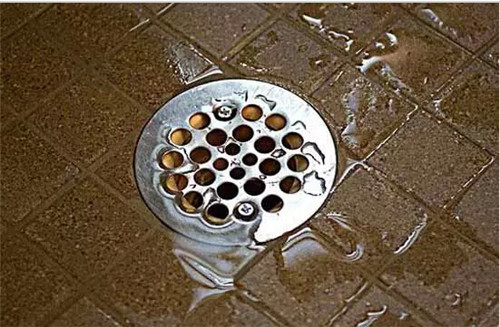
3. Securely Install the Floor Drain
The installation of the floor drain should be done simultaneously with the tiling of the floor. When installing, apply an even layer of cement, align with the drain pipe, and place the floor drain cover on top. Once it completely dries, it will be securely fixed.
4. Acceptance Check of the Floor Drain Installation
After the floor drain is fixed, apply glass glue for edge sealing. Once dried, perform a check by pouring water into the drain to assess if the surrounding slope is appropriate. Additionally, remove the sealing core to check if it is blocked by cement.
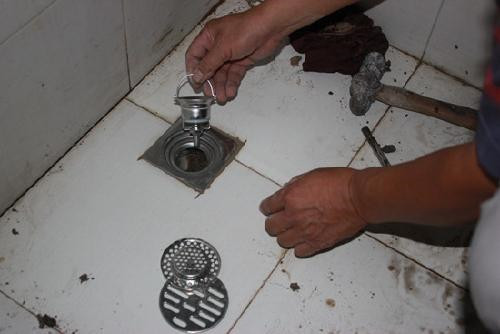
Conclusion:The information provided on how to handle leaks around the edges of floor drains is intended to be helpful. For more knowledge on related topics, please continue to follow our website for more exciting content in the future.


